Cape Verdean Museum Opens in Pawtucket
Celebrating an Island Nation's Culture
By Sarah Francis| Photographs by Jesse BurkeJoe DaMoura, president of the Cape Verdean Museum.
Pawtucket’s new neighbor is getting a last-minute primping before its grand weekend opening. Sporting fresh cream and blue paint, the former bar/restaurant facing onto a busy city block proudly announces its arrival in bold, white letters above the front door:
CAPE VERDEAN MUSEUM.
Rhode Island boasts the second-largest population of Cape Verdeans in the U.S., with 18,000. The 4,000-square-foot space is the only museum celebrating the islands’ culture in the country, says museum President Joe DaMoura, who led the three-year, $300,000 fundraising effort to move from smaller East Providence digs. The smell of fresh paint hangs lightly in the air as he loops his way around what will be a new handicap access ramp.
“We’re a small country with a big history,” says DaMoura, who came to Rhode Island from Cape Verde in 1980 with his widowed mother and nine of his siblings.
We’re a small country with a big history.
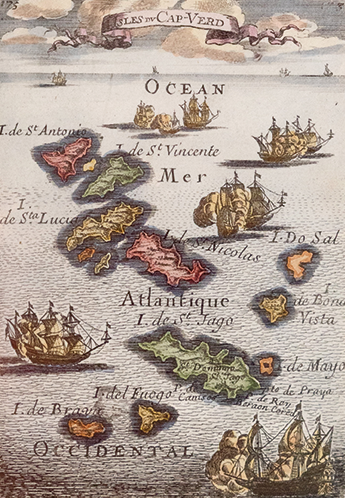
Portuguese explorers who discovered the string of 10 islands in 1456 later brought enslaved people from West Africa, and settlements started appearing. That maritime history has shaped islanders’ destiny and is reflected in the exhibits that line the museum’s walls: photos of whaling ships and packets that transported island cargo and passengers to New England; posters advertising third-class travel from the island of San Vincente; a ship’s 1918 manifest listing passengers arriving from Cape Verde, next to the 1919 alien registration papers of one Martin Lopes, laborer, 82 Wickenden Street, Providence.
There are silver coins salvaged from a 1743 island shipwreck and antique maps illustrating the islands’ strategic trade route importance, floating off West Africa 400 miles out to sea.
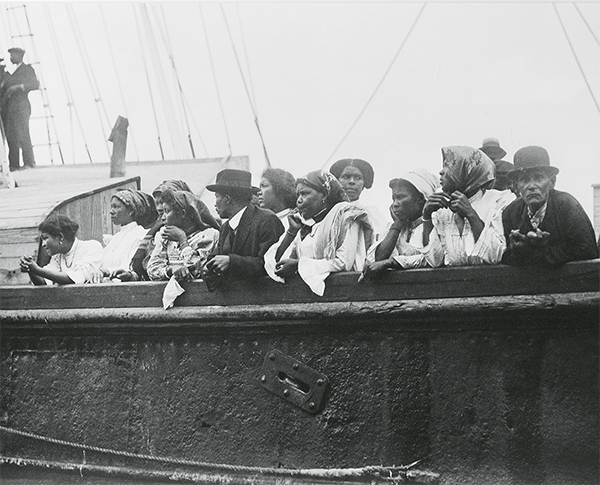
Along one back wall, shelves hold books, magazines, and island newspapers. There are also half a dozen cookbooks, some in Portuguese and Creole, reflecting how fishing, the islands’ biggest occupation, flourished in waters rich with tuna and cod.
Yvonne Smart, the museum’s educational coordinator and second-generation Cape Verdean American, says many of the Portuguese and African-based recipes incorporate the islanders’ daily catch of lobster, shrimp, and tuna.
Visit the islands and you’ll eat seafood, she says. “Their dishes are spicy,” she notes with approval.
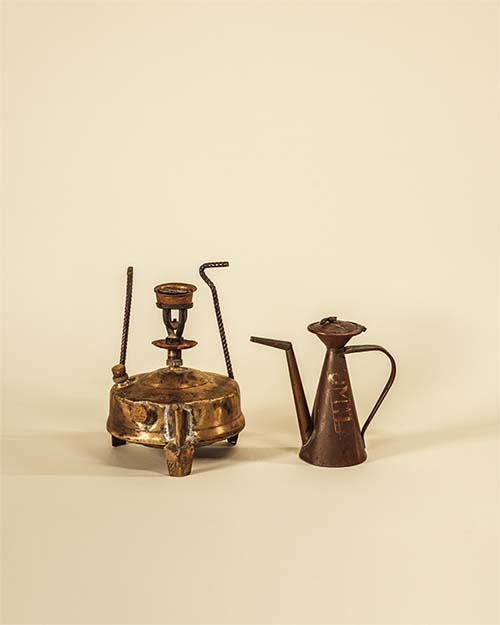
Kerosene burner and oil can from Cidadi Velha, Santiago.
Kerosene burner and oil can from Cidadi Velha, Santiago. Flat irons used in Cape Verde.
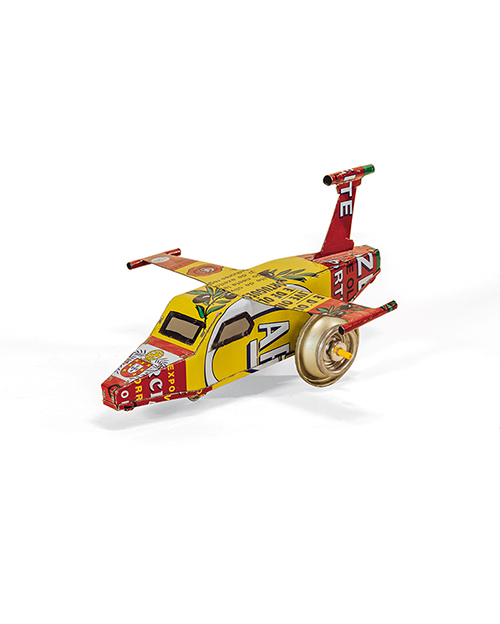
Toy airplane made from an olive oil can, Cape Verde, circa 1990s.
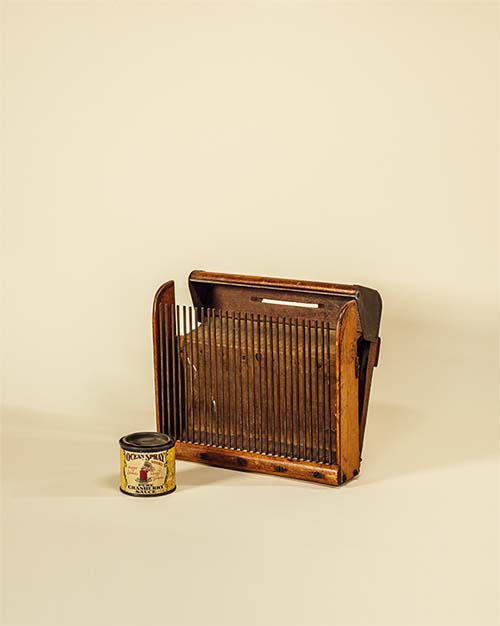
Cranberry snap scoop used by pickers on cranberry bogs, circa 1910.
The Norwich Free Academy’s diversity director, Leo Butler, has been bringing Cape Verdean students from Connecticut to the museum since 2006. It’s impor-tant for these high schoolers to learn about the islands’ political and cultural history and to embrace their roots, he says.
Kids who immigrated here are excited to see the photos of packet ships and realize it took up to 40 days to make the trip. “I’ll hear them say, ‘I can’t believe my grandparents came here in those!’”
“Kids get a lot of pride when they see a place that celebrates them,” he says. “They don’t have to explain who they are and the language they speak. They tell me, ‘People know our story.’”
Cape Verdean Museum
617 Prospect Street, Pawtucket
401-228-7292
Open Fridays and Sundays
1–5 p.m.
Contact Us
Telephone: (401) 874-6805
Email: allard@uri.edu
Contributor Guidelines
Please review submission guidelines to be considered. d

